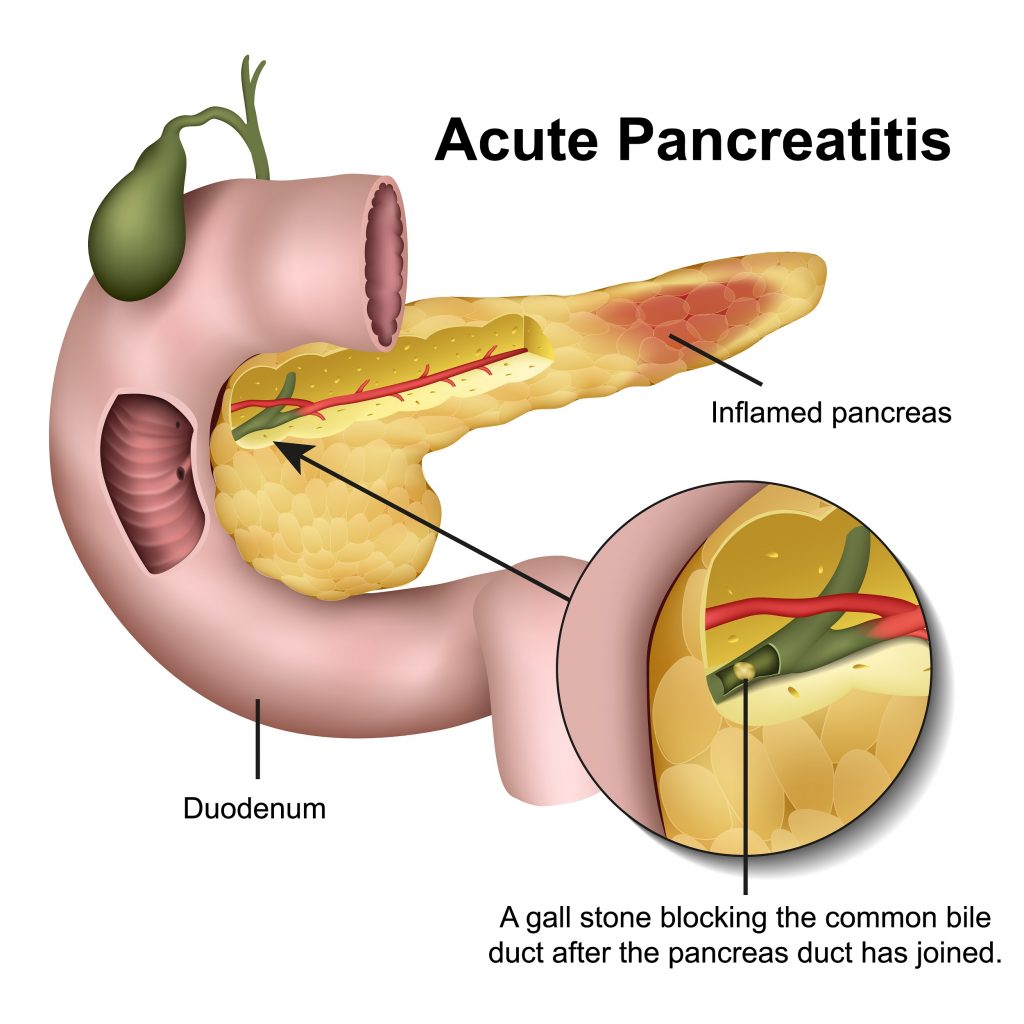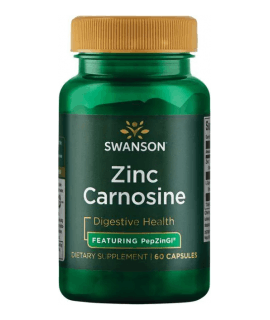The pancreas is a gland that has two basic functions in the body - it secretes digestive enzymes and produces hormones that regulate blood glucose levels. A diseased pancreas is an increasingly common phenomenon associated with unhealthy lifestyles.
When to use pancreas diet?
The pancreatic diet is used when the pancreas is moderately damaged. The most common conditions of this gland are acute and chronic pancreatitis and pancreatic cysts. Each disease requires a slightly different dietary protocol and consultation with your doctor, but the basic recommendations remain the same.
Diet in pancreatitis and other pancreatic diseases is very important because damage to the gland leads to poor digestion, especially of fatty foods, resulting in fatty diarrhoea and deficiency of fat-soluble vitamins A, D, E and K. In such case eating is often associated with abdominal pain, causing patients to avoid food and can lead to malnutrition.
If too few cells are functioning in the pancreas, blood glucose control is impaired, leading to diabetes. Proper diet plan helps improve pancreas health.

The pancreas diet - rules
The pancreatic diet is an easily digestible diet with a high restriction of fats and simple sugars and a slightly increased protein content. The purpose of this diet is to nourish the body, reduce pain after eating, reduce diarrhoea and control blood sugar levels.
The pancreas diet recommends eating 5-7 small meals a day every 2-3 hours. Breakfast should be eaten up to an hour after waking up and dinner 2-3 hours before bedtime. Meals must be easily digestible, low in fibre and fat. Food should be prepared boiled, steamed, stewed without frying or baked.
It is not recommended to fry, stew in heavy sauces, prepare soups with strong meat and bone broths. It is important that meals are freshly prepared and served at a moderate temperature. Hot and cold dishes can cause pain when eaten. When eating, chew thoroughly and do not drink anything during the meal.
Grain products, vegetables and fruits should be eaten in small portions with each meal. There should be 3 servings of lean dairy products without added sugar every day. Lean fish should be eaten 3 times a week.
Diet for pancreas - what to eat?
In order to reduce the occurrence of diseased pancreas symptoms, the daily menu should be composed meticulously. In pancreas diet, it is recommended to eat such foods as:
- wheat bread, graham bread, cereals, small groats, rice, white pasta
- skim milk, natural yoghurt, kefir, buttermilk, lean cottage cheese, soft boiled eggs, omelette with egg whites, scrambled eggs
- skinless poultry, rabbit, veal, lean beef, lean cooked or baked fish
- vegetable oils, fresh butter, soft margarine in small amounts
- corn, defatted ground flaxseed, lentil and soybean sprouts,
- still water, weak tea, herbal and fruit teas
- mild and well-tolerated herbs and spices,
- jellies, puddings, sorbets, yeast cake, sponge cake, honey.
What not to eat in pancreatic diseases?
A diet with pancreatic disease involves the elimination of many products, the consumption of which may exacerbate unpleasant symptoms.
Diseased pancreas requires exclusion of food containing large amounts of animal fats. This group includes fatty milk, fat cottage cheese, yellow cheese, processed cheese, blue cheese, fatty meat from pork, beef, duck, goose, offal, pates, sausages, tinned food, salami, sausages, as well as lard, bacon, hard margarine, mayonnaise.
People with pancreatic problems should not consume alcohol, carbonated beverages and strong coffee. In addition, eating custard, ice cream, cakes or crumbled pastries may have a negative effect on their health.









